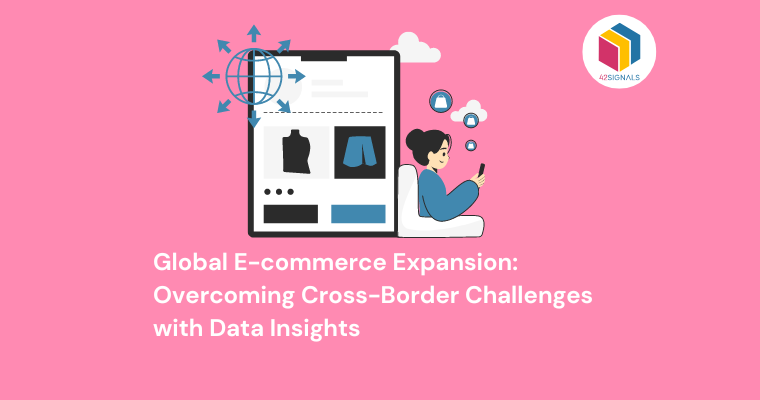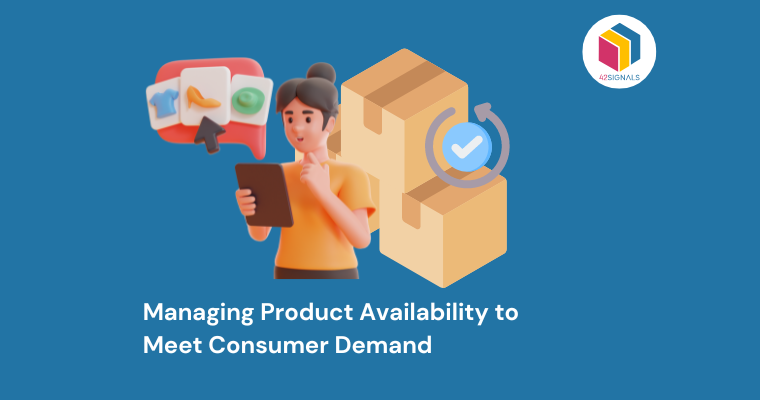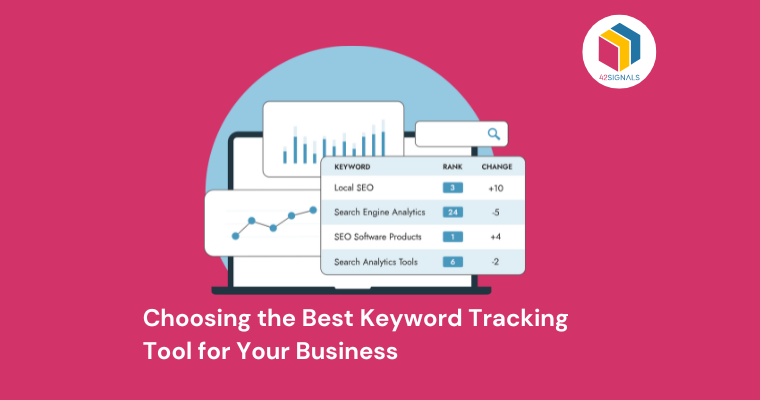E-commerce has experienced exponential growth over the past few years, and businesses are increasingly looking to expand their online presence beyond domestic borders. However, cross-border e-commerce comes with its unique set of challenges such as language barriers, cultural differences, regulatory complexities, logistical hurdles, and payment issues. These obstacles can be daunting when concerning e-commerce expansion but they’re not insurmountable. With the right data insights, companies can navigate these waters effectively and thrive in the global marketplace.
Understanding Your Target Market
One of the most significant challenges when expanding into new markets is understanding consumer behavior and preferences. This is where data analytics plays a crucial role. By analyzing demographic data, shopping habits, social media trends, and other relevant information about your target audience, you can tailor your products, services, and marketing strategies accordingly.

Image Source: Wall Street Mojo
For instance, if you find out that a large portion of your potential customers prefer mobile payments over credit cards, then integrating popular mobile wallets like Alipay or WeChat Pay could significantly improve the user experience for Chinese consumers.
Regulatory Compliance
One of the biggest challenges organizations face in e-commerce expansion is navigating the complex web of regulations and laws governing online sales in different countries. Each country has its own set of rules regarding taxes, customs duties, consumer protection, and data privacy. Failure to comply with these regulations can result in legal penalties, fines, or even damage to a company’s reputation.

Image Source: Sprinto
To ensure regulatory compliance, e-commerce companies should leverage data analytics tools to monitor changes in international trade policies and stay informed about local regulations. By analyzing data from various sources such as government websites, industry reports, and social media channels, businesses can identify potential risks and adjust their strategies accordingly.
Logistics & Delivery
Managing inventory, shipping, and returns across multiple regions can be a daunting task for e-commerce businesses. Ensuring timely delivery, managing customs clearance, and handling returned items require careful planning, coordination, and execution. Any mistakes in this area can lead to delays, additional costs, or damaged goods – all of which negatively affect the customer experience.
To optimize logistics operations, e-commerce companies should collect data on shipping routes, transit times, and carrier performance. This information can be used to identify bottlenecks, reduce delivery times, and choose the most cost-effective carriers for each destination.
Cultural Differences
Understanding cultural nuances is crucial for success in any foreign market. Different cultures have varying expectations around product features, packaging, marketing messages, and payment methods. Failing to adapt to these differences can lead to misunderstandings, lost sales, or negative reviews.
To bridge cultural gaps, e-commerce companies should gather data on local preferences and behaviors through surveys, focus groups, and user testing. This information can then be used to tailor products, services, and messaging to specific markets. Additionally, by tracking trends in social media conversations and search queries related to their brand, businesses can gain valuable insights into what customers value most in each region.
Language Barriers
Effective communication is essential for building trust and relationships with customers across borders. However, translating content into multiple languages can be time-consuming and expensive. Moreover, direct translations may not always convey the intended meaning or tone, leading to confusion or misinterpretation.

Image Source: MonkeyLearn
Rather than relying solely on manual translation services, e-commerce companies can harness the power of natural language processing (NLP) algorithms to automate the translation process. NLP technology uses machine learning techniques to analyze text and generate accurate translations while preserving context and style.
Conclusion
E-commerce expansion across countries offers immense growth potential but requires overcoming several cross-border challenges.
E-commerce analytics is a great place to start to understand product performances online and determine potential avenues for business. For ecommerce analytics solutions, get in touch with us at sales@42signals.com
Frequently Asked Questions
What is the meaning of e-commerce expansion?
E-commerce expansion refers to the growth and spread of electronic commerce or online business activities across various industries, markets, and regions. This can involve expanding into new product categories, entering new geographic territories, adopting new technologies, or reaching new customer segments. E-commerce expansion can be driven by factors such as changes in consumer behavior, advancements in technology, globalization, and economic conditions. Successful e-commerce expansion typically requires careful planning, market research, investment in infrastructure, and effective marketing strategies.
What is the future of e-commerce?
The future of e-commerce looks bright, with continued growth expected in the coming years. Some trends that are likely to shape the industry include increased use of artificial intelligence and machine learning, greater adoption of augmented and virtual reality technologies, more personalized and seamless shopping experiences, and increasing demand for sustainable and ethical business practices. Mobile commerce will continue to grow, especially in developing countries, as smartphone penetration increases and mobile payments become more widespread. Cross-border e-commerce will also become more important, as businesses seek to expand their reach beyond domestic markets and tap into international consumer bases.
What is an e-commerce example?
An e-commerce example could be purchasing a pair of shoes from an online retailer like Zappos or Amazon. Other examples include booking travel arrangements through sites like Expedia or Kayak, ordering groceries online from supermarkets like Walmart or Kroger.
What are the four types of e-commerce?
There are actually six types of e-commerce, but the most commonly referred to ones are B2B (business-to-business), B2C (business-to-consumer), C2B (consumer-to-business), and C2C (consumer-to-consumer). The two additional types are B2G (business-to-government) and G2B (government-to-business). Here’s a brief overview of each:
- B2B e-commerce involves transactions between businesses, such as manufacturers, wholesalers, and distributors. Examples include supply chain management systems, inventory management tools, and procurement platforms.
- B2C e-commerce refers to transactions between businesses and individual consumers, such as online retail sales. Examples include clothing, electronics, food, and home goods sold through e-commerce websites.
- C2B e-commerce occurs when individuals sell products or services directly to businesses. An example would be freelance designers offering their services to companies through online job boards or talent marketplaces.
- C2C e-commerce refers to transactions between individuals, facilitated by third-party platforms. Examples include peer-to-peer marketplaces like eBay, Craigslist, or Facebook Marketplace.
- B2G e-commerce involves transactions between businesses and government entities, such as contract bidding and procurement processes.
- G2B e-commerce refers to transactions between governments and businesses, such as tax payment portals, license renewals, or permitting applications.





